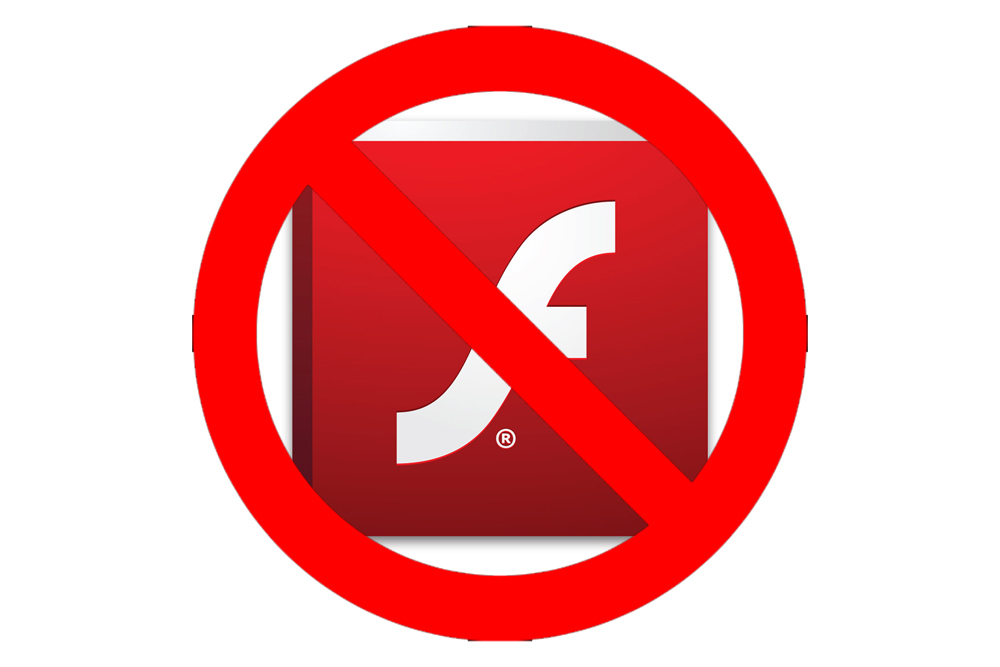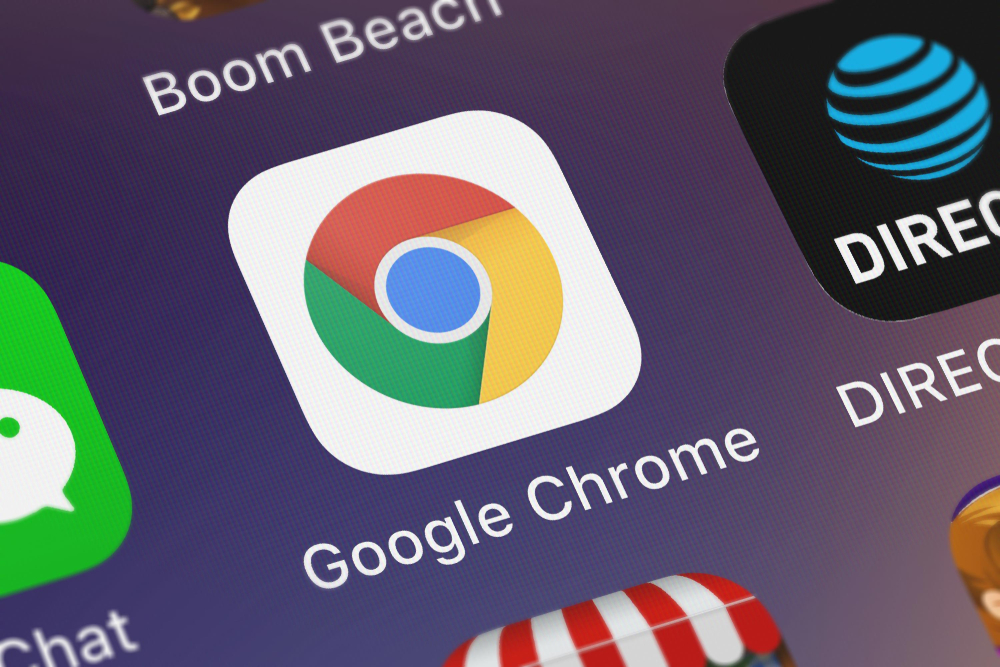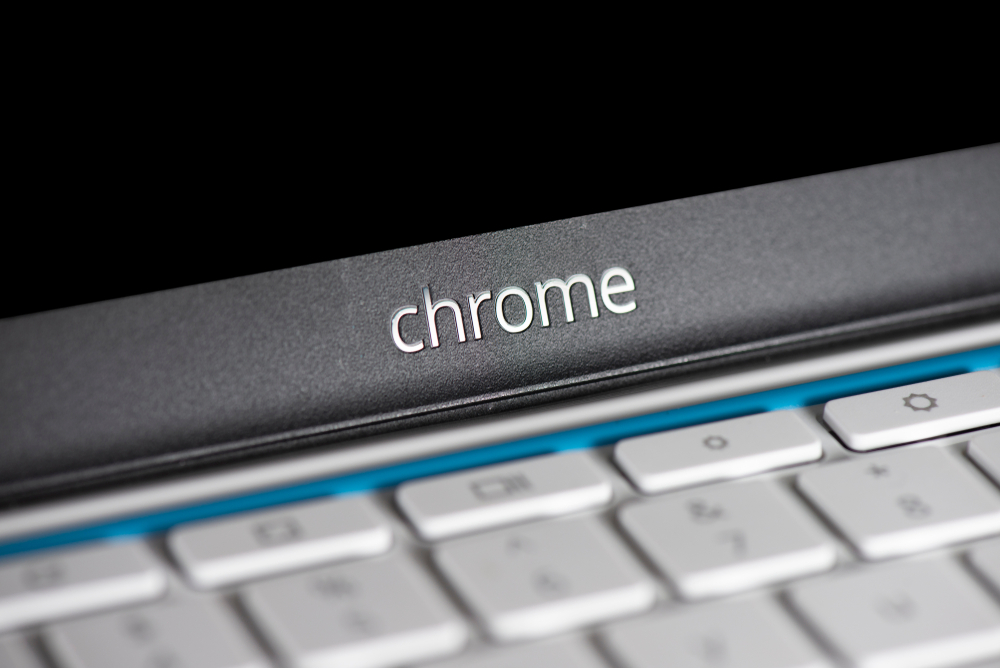Google Chrome finally axes Flash - for good
Chrome to start blocking 90 per cent of Flash content by default


Google Chrome will begin blocking 90 per cent of the web's Flash content from next month.
The announcement marks the latest step in Google's move away from Flash and towards the much more stable and versatile HTML5 standard.
"You'll see an improvement in responsiveness and efficiency for many sites," promised Anthony LaForge, Google's head of Flash in Chrome.
"This is similar to a change we made last September, when some Flash content became click-to-play with Chrome 42," LaForge wrote in a blog post announcing the change. "This had an immediate, positive impact for our users by improving page load times and saving battery power."
Chrome build 53, coming in September, will begin blocking Flash by default, and in December, build 55 will block it altogether.
The only exception will be for sites that only support Flash, in which case the user will have to consent to running Flash when the page first loads.
Flash has fallen significantly out of favour in recent years. While it used to power much of the rich content seen in the early days of Web 2.0, it has now been superseded by more capable technologies.
Get the ITPro daily newsletter
Sign up today and you will receive a free copy of our Future Focus 2025 report - the leading guidance on AI, cybersecurity and other IT challenges as per 700+ senior executives
It has also been repeatedly proven to be insecure, and security experts have been calling for its retirement for the past several years. Given that most of the web now runs on HTML5, they argue, having Flash enabled is more of a security risk than a benefit.
Google itself has been rapidly phasing Flash out of its services. Last September, it started blocking Flash ads on Chrome, and in June it stopped accepting Flash-based advertising across the board. Rival web companies such as Mozilla have also followed suit, blocking the format on its Firefox browser.
Adobe rebranded its animation software from Adobe Flash Professional to Adobe Animate CC recently, saying it did so to signify that two-thirds of all content created using the software is in the HTML5 format, rather than Flash.
Google is not hanging Adobe completely out to dry, however. "Flash helped make the Web a rich, dynamic experience, and shaped the modern set of web standards," LaForge wrote. "We continue to work closely with Adobe to ensure that your web experience is as fast and secure as possible and to help the Web transition to HTML5."
Adam Shepherd has been a technology journalist since 2015, covering everything from cloud storage and security, to smartphones and servers. Over the course of his career, he’s seen the spread of 5G, the growing ubiquity of wireless devices, and the start of the connected revolution. He’s also been to more trade shows and technology conferences than he cares to count.
Adam is an avid follower of the latest hardware innovations, and he is never happier than when tinkering with complex network configurations, or exploring a new Linux distro. He was also previously a co-host on the ITPro Podcast, where he was often found ranting about his love of strange gadgets, his disdain for Windows Mobile, and everything in between.
You can find Adam tweeting about enterprise technology (or more often bad jokes) @AdamShepherUK.
-
 Cleo attack victim list grows as Hertz confirms customer data stolen
Cleo attack victim list grows as Hertz confirms customer data stolenNews Hertz has confirmed it suffered a data breach as a result of the Cleo zero-day vulnerability in late 2024, with the car rental giant warning that customer data was stolen.
By Ross Kelly
-
 Lateral moves in tech: Why leaders should support employee mobility
Lateral moves in tech: Why leaders should support employee mobilityIn-depth Encouraging staff to switch roles can have long-term benefits for skills in the tech sector
By Keri Allan
-
 Spanish spyware outfit uncovered, develops exploits for Windows, Chrome, and Firefox
Spanish spyware outfit uncovered, develops exploits for Windows, Chrome, and FirefoxNews Google was only able to discover the company after an anonymous submission was made to its Chrome bug reporting programme
By Zach Marzouk
-
 Google adds new security vendor plugins for Chrome, improved Chrome OS policy controls for IT admins
Google adds new security vendor plugins for Chrome, improved Chrome OS policy controls for IT adminsNews New integrations across various security pillars aim to improve Chrome OS and Chrome browser security for enterprise customers
By Connor Jones
-
 Google patches second Chrome browser zero-day of 2022
Google patches second Chrome browser zero-day of 2022News Google acted quickly to secure against the type confusion vulnerability that was under active exploitation
By Connor Jones
-

 Acer Chromebook Spin 513 review: Cheap and mostly cheerful
Acer Chromebook Spin 513 review: Cheap and mostly cheerfulReviews An affordable Chromebook convertible with good looks but mediocre performance
By Mike Jennings
-
 Google says Chrome is now faster than Safari on Apple Silicon
Google says Chrome is now faster than Safari on Apple SiliconNews According to Apple's own benchmarks, Chrome 99 scored the highest out of any browser ever tested
By Connor Jones
-
 Google Chrome update fixes zero-day under active exploitation
Google Chrome update fixes zero-day under active exploitationNews Google releases a fresh wave of patches for severe vulnerabilities that could facilitate code execution and system takeover via Google Chrome
By Connor Jones
-

 Asus Chromebook CX9 (CX9400CE) review: The most stylish Chromebook on the market
Asus Chromebook CX9 (CX9400CE) review: The most stylish Chromebook on the marketReviews A sleek, expensive Chromebook that tries to bring professional style to Google’s OS
By Mike Jennings
-
 Chromebook shipments plunge due to 'shift in demand'
Chromebook shipments plunge due to 'shift in demand'News Sales of Chrome OS devices fell 29.8% in the third quarter of 2021 to 6.5 million units, according to IDC
By Danny Bradbury